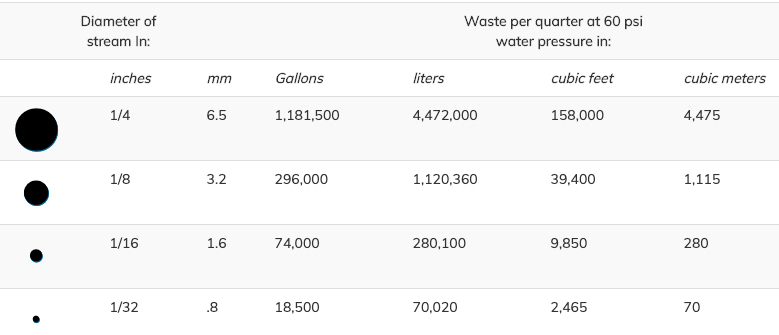1. Determining if there is a leak in the home.
- Locate your meter and determine if your meter is made of brass or plastic. If your meter is brass take notice if the small triangle on the meter is moving. If your meter is plastic the circle under the digital readout will be spinning. If no water is being used, there would be no movement of this triangle/circle. If the triangle/circle is moving, there is a leak in the home or someone is currently using water.
2. Locating the leak in the home.
One of the most likely places for a leak to occur is the toilet. To check for a leak do the following:
- If you have checked the meter and the triangle/circle is spinning, you then should go to the toilet(s) in the property and shut them off at their shut off valves. Recheck the meter to determine if this stops the triangle/circle from spinning. If it does, then proceed to turn on the toilet(s) at their shut off valves until you can determine which one is causing the triangle/circle to spin.
OR
- Drop a few drops of food coloring in the tank (the back) of the toilet and wait a few minutes. Do not flush the toilet. If the food coloring makes it's way down to the bowl of the toilet there is a leak. When the toilet is running properly there will be no food coloring in the bowl.
- Check all faucets and spigots in or on the property to verify they are properly shut off.
It is important to have your leaks repaired as soon as possible to avoid high water/sewer bills since these bills are calculated based on the consumption reflected by the meter reading.
Water costs money don’t waste it…

A continuous leak from a hole these sizes at an average household water pressure of 60 psi would, over a three-month period, result in the wastes listed above. This information provided by Rockwell International.